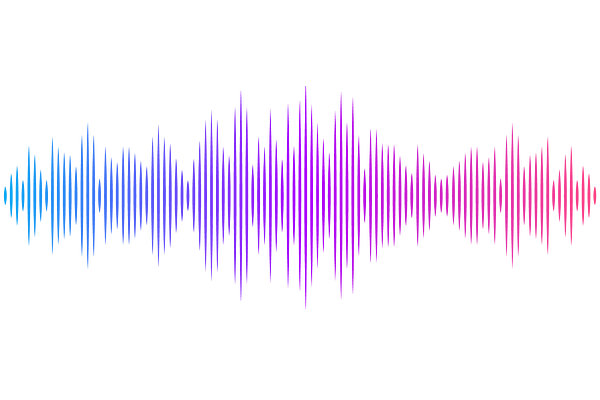Predictive Monitoring against Pattern Regular Languages

Predictive Monitoring against Pattern Regular Languages
Zhendong Ang, Umang Mathur
AbstractIn this paper, we focus on the problem of dynamically analysing concurrent software against high-level temporal specifications. Existing techniques for runtime monitoring against such specifications are primarily designed for sequential software and remain inadequate in the presence of concurrency -- violations may be observed only in intricate thread interleavings, requiring many re-runs of the underlying software. Towards this, we study the problem of predictive runtime monitoring, inspired by the analogous problem of predictive data race detection studied extensively recently. The predictive runtime monitoring question asks, given an execution $\sigma$, if it can be soundly reordered to expose violations of a specification. In this paper, we focus on specifications that are given in regular languages. Our notion of reorderings is trace equivalence, where an execution is considered a reordering of another if it can be obtained from the latter by successively commuting adjacent independent actions. We first show that the problem of predictive admits a super-linear lower bound of $O(n^\alpha)$, where $n$ is the number of events in the execution, and $\alpha$ is a parameter describing the degree of commutativity. As a result, predictive runtime monitoring even in this setting is unlikely to be efficiently solvable. Towards this, we identify a sub-class of regular languages, called pattern languages (and their extension generalized pattern languages). Pattern languages can naturally express specific ordering of some number of (labelled) events, and have been inspired by popular empirical hypotheses, the `small bug depth' hypothesis. More importantly, we show that for pattern (and generalized pattern) languages, the predictive monitoring problem can be solved using a constant-space streaming linear-time algorithm.